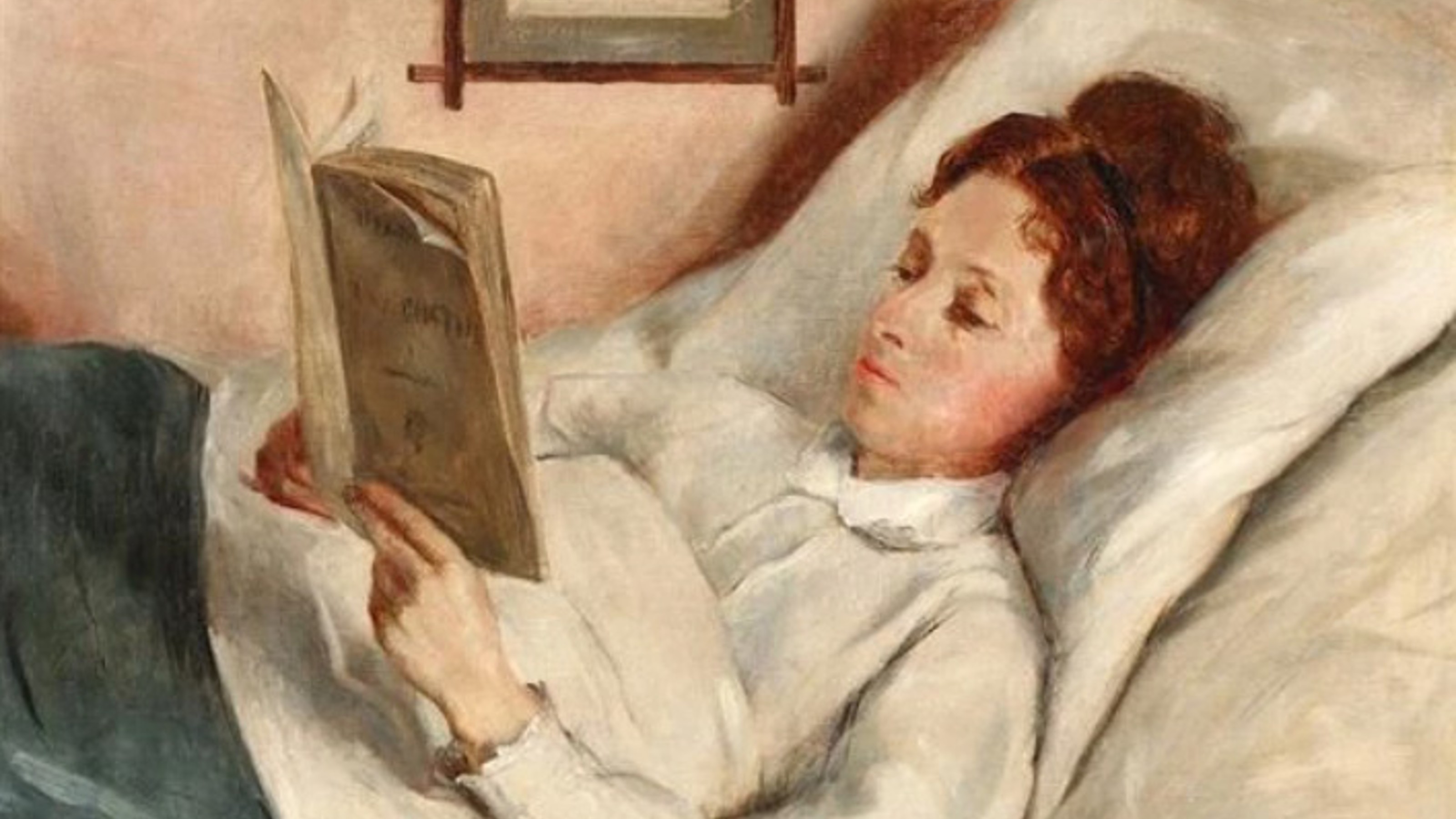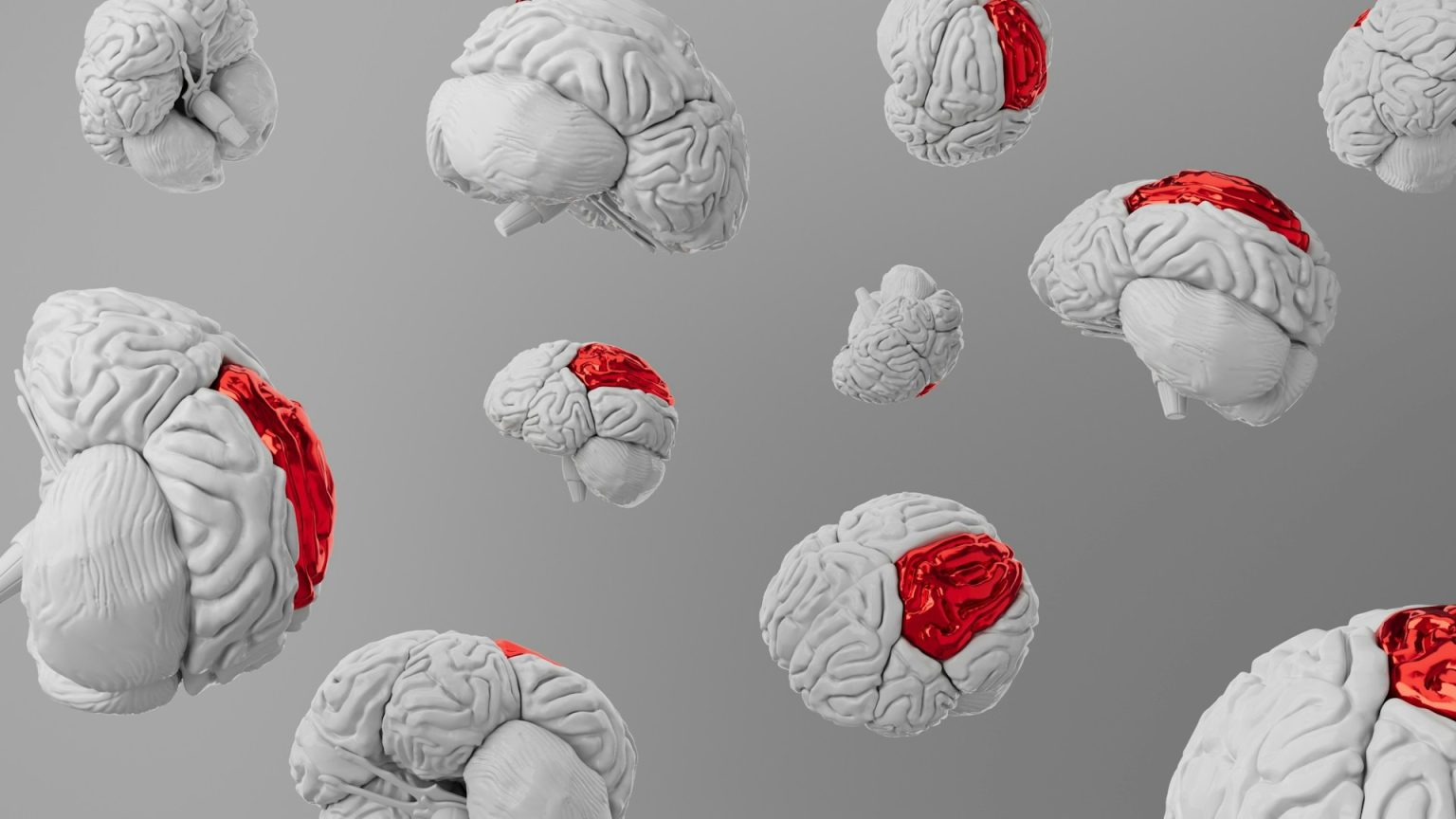Life’s Too Short: How to Read the Right Books

Let’s say you’re in the top fifth percentile of avid readers, tearing through a book a week on average. With such literary gusto raising your sails, you might feel like the entire world is an open book to browse at your leisure. But in actuality, you will hardly scratch the surface of available human art and knowledge. Think about it like this: if you read one book a week for 40 years, that puts you at a little over 2,000 books total. Well, that’s not too shabby, right? Now consider this data point: there have been nearly 1,000 episodes of the Law & Order franchise broadcast on television. And few people have time to read a book a week. If you’re lucky, you might manage to read more books in your lifetime than there are episodes of Law & Order.
To take a less tongue-in-cheek tack, here is an illuminating statistic from The Library of Congress:
The Library of Congress is the largest library in the world, with more than 151.8 million items on approximately 838 miles of bookshelves. The collections include more than 34.5 million books and other print materials, 3.3 million recordings, 13.4 million photographs, 5.4 million maps, 6.5 million pieces of sheet music and 66.6 million manuscripts.
Current estimates peg the total number of books proper at over 22 million, with the LOC receiving 20,000 new items a day for cataloging. If you’re a genuine bookworm, knocking off 52 books a year, you might be able to finish 0.00000236% of the books in existence.
And very few people read 52 books a year. According to a 2007 AP survey, 73% of Americans reported reading a book in the previous year, with an average of 20.4 books per person, but a median of only 6.5.
Under this framework, every single book you read becomes an important choice. But with so many books out there, and more books published every year, how can you begin to parse out the books that will change your life from the books that will merely pass the time?
Jeffrey Brenzel, Dean of Undergraduate Admissions at Yale University and philosopher, has spent years considering this question. In Brenzel’s view, there are five criteria for determining if a book is a genuine classic worthy of your precious time.
Here’s a quick overview of Brenzel’s five marks of a true classic from his Floating University lecture:
To summarize, a true classic:
(1.) Addresses universal and permanent human concerns. A nonfiction book about the rise and fall of 8-track production in Russia probably will not meet this criterion, nor will a novel about the personal rewards of baton twirling.
(2.) Is a game-changer. Sue Grafton’s X is for Xenophobia, for instance, isn’t rocking the boat.
(3.) Influences other great works. The hottest, most acclaimed New York Times Bestseller hasn’t had the time to prove influential on other books, and might lie forgotten in the literary gutter two years down the line.
(4.) Is respected by experts. Tastes change, but over decades and centuries readers and critics tend to refine the canon down to what is truly worthwhile. That’s why we’re still reading Tristram Shandy and have largely forgotten Trinity.
(5.) Challenges as it rewards. The Da Vinci Code is a page-turner, and ice cream is easy to eat. Moby Dick might feel intimidating, but at the end of the day you’ll get something back out of it besides empty literary calories.
Is Dean Brenzel missing any important criteria for selecting a great book? Likewise, have you read anything you would consider a “classic” that fails Brenzel’s five-pronged test?
Visit The Floating University to learn more about our approach to disrupting higher education, or check out Jeffrey Brenzel’s eSeminar “Standing on the Shoulders of Giants: The Essential Value of a Classic Education.”





